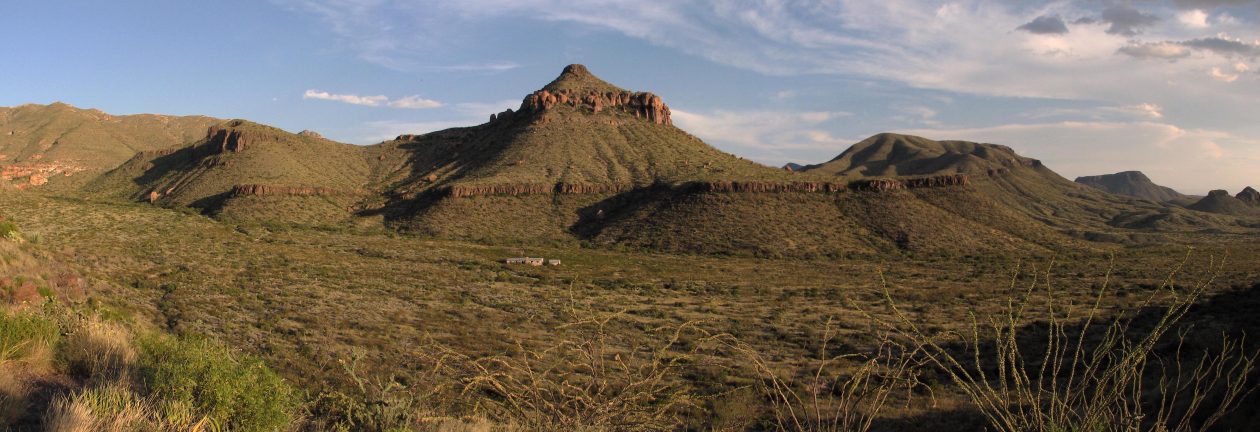Paris, France
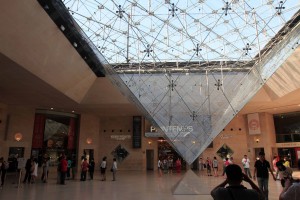
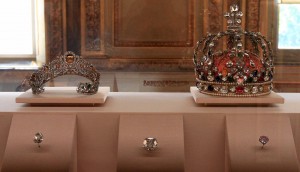
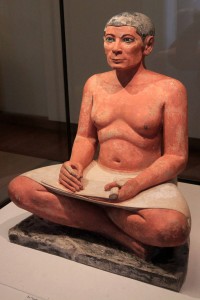
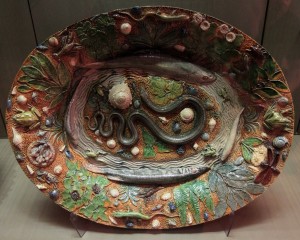
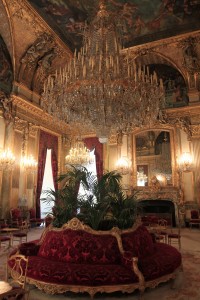
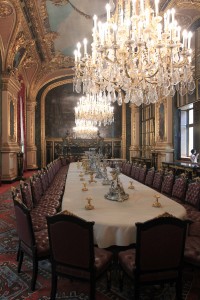
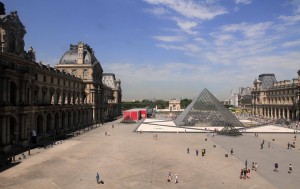
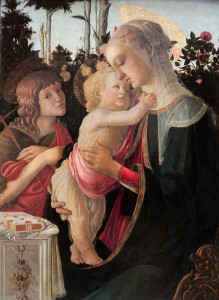
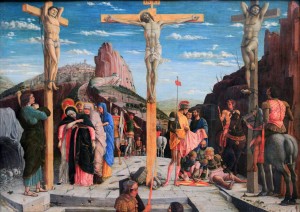
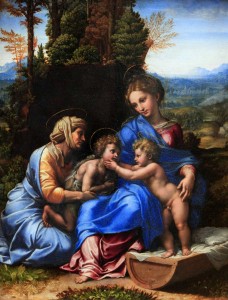
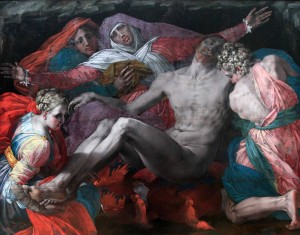
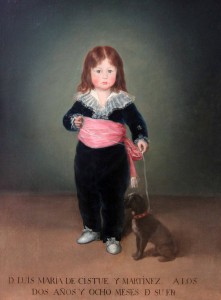
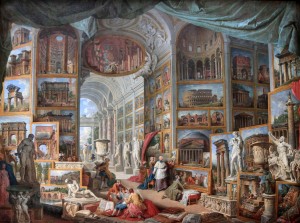
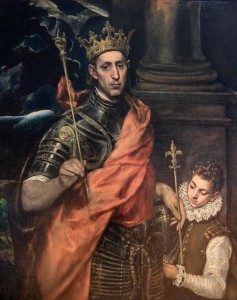
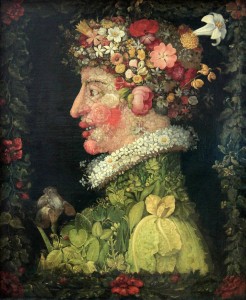
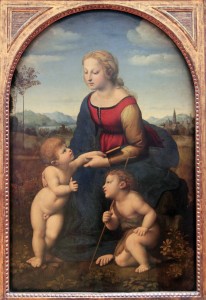
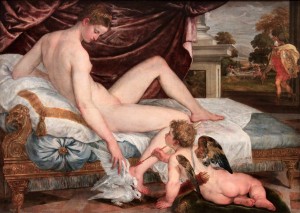
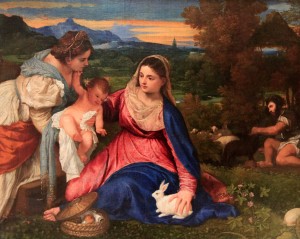
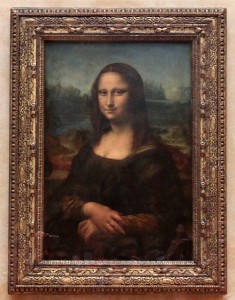
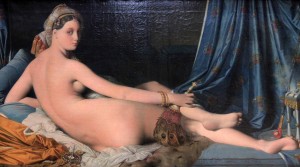
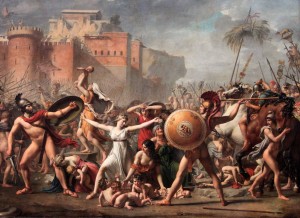
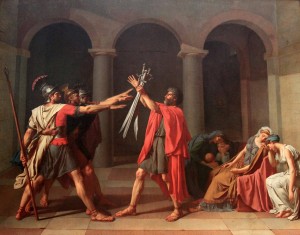
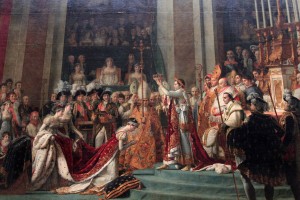
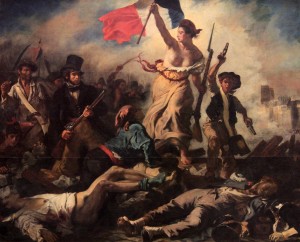
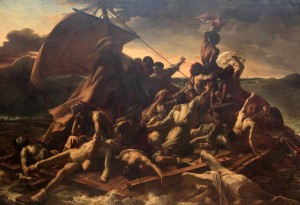
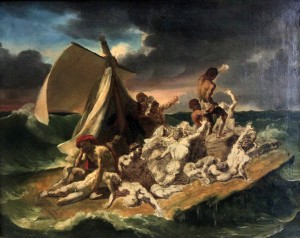
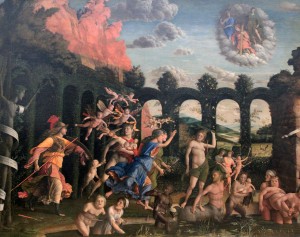
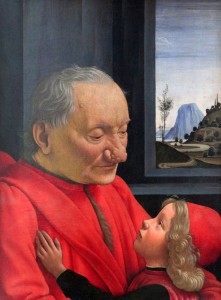
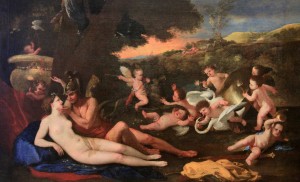
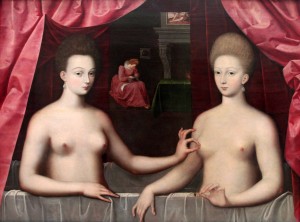
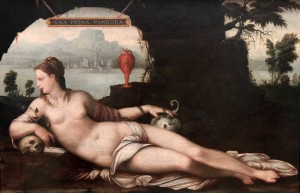
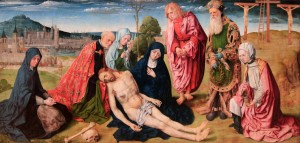
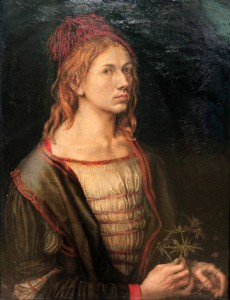
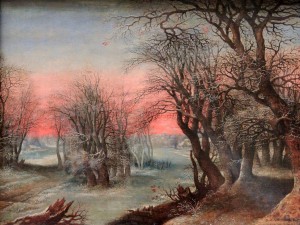
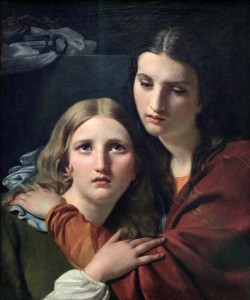
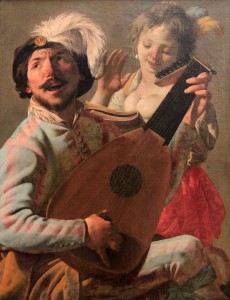
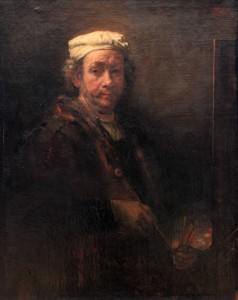
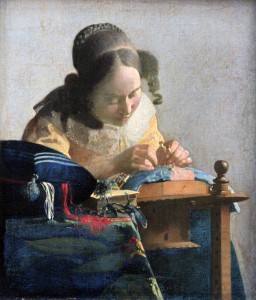
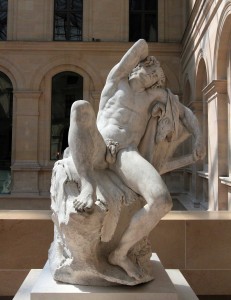
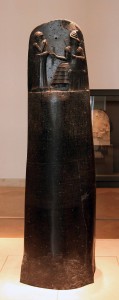
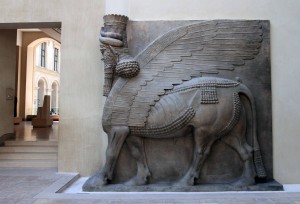
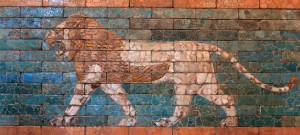
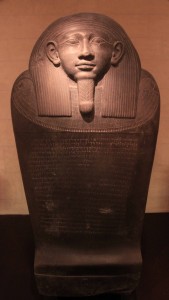
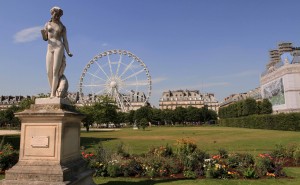
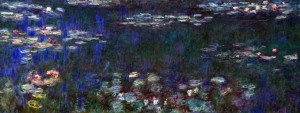
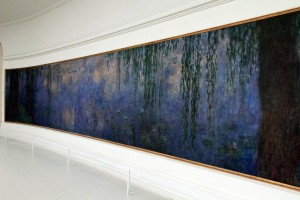
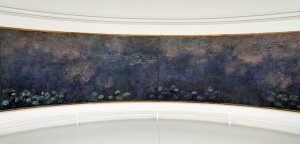
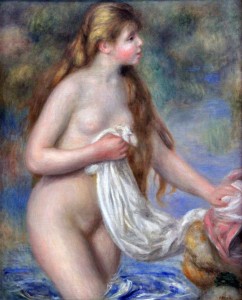
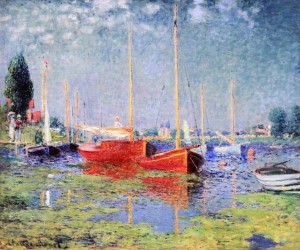
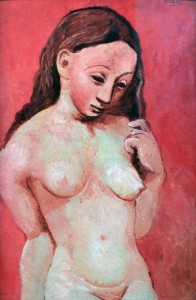
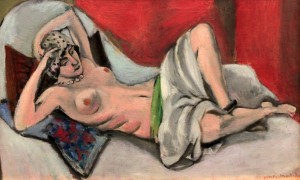
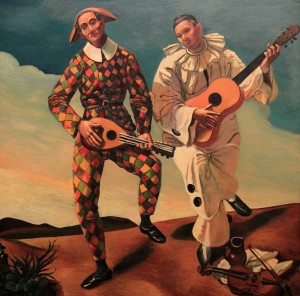
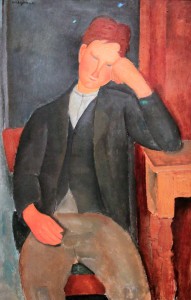
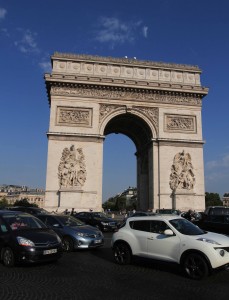
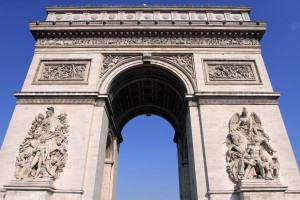
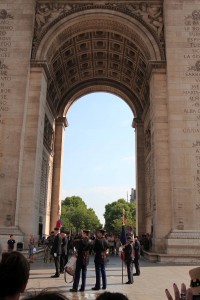
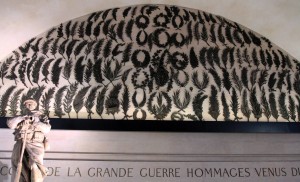
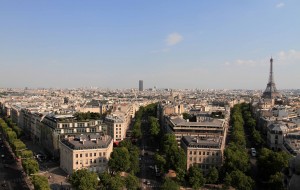
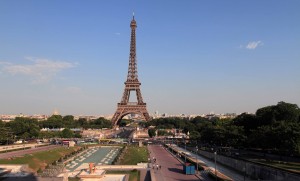
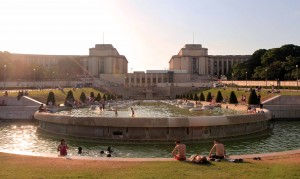
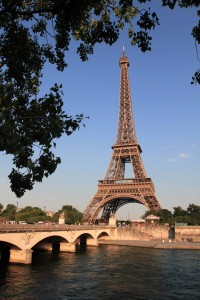
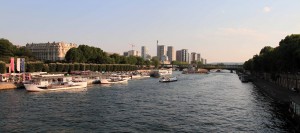
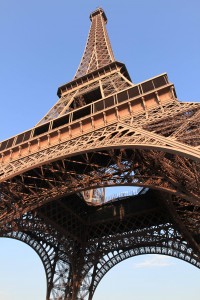
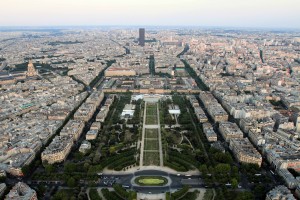
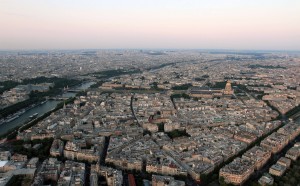
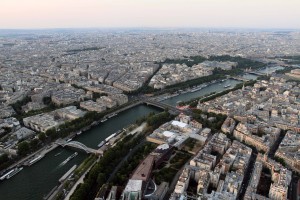
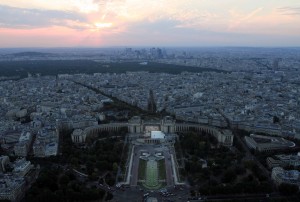
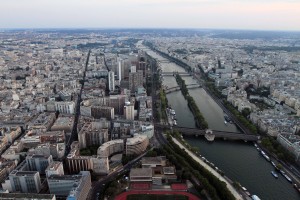
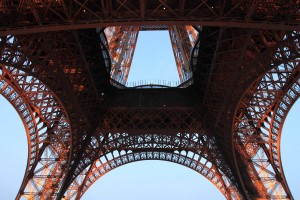
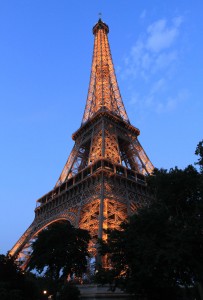
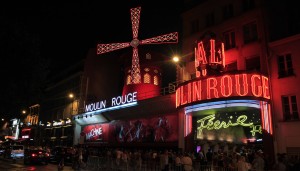
I woke up at 07:30 and Giovanni followed shortly after. I showered, dressed, and got ready to see the Louvre and the other main attractions of Paris. After 08:30, we made it to the Colonel Fabien Metro Station and rode the metro train to the Palais Royal – Musée du Louvre Metro Station. From there, we figured out which line we had to be in to buy tickets to see the Louvre and soon were waiting in a long line that had just started to move when the museum had opened at 09:00 (a few minutes prior). Once we had passed through the security and bought our tickets, we immediately set out to see the vast treasures inside. We first walked to the first floor, viewed the ‘Winged Victory of Samothrace’, and walked on to the Gallery of Apollo. We then walked through all the different exhibits, viewing ancient sculptures and ceramics, apartments from Napoleon III’s time, more ceramics, religious treasures, and many very famous paintings (the ‘Mona Lisa’, ‘Liberty Leading the People’, ‘Oath of the Horatii’, ‘The Coronation of Napoleon’, ‘The Raft of the Medusa’, ‘Grande Odalisque’, etc. – too many to name here and too many to include as photographs; although, I have included quite a few on this page). After passing through the ridiculously large crowd in front of the ‘Mona Lisa’ and after making my way through the entire first floor (this is a European “first floor” – i.e. a “second floor” to us Americans), I walked up to the second floor and saw all the paintings that were open to the public (two sections were closed for renovations on the second floor) – at this point, Giovanni and I split and I toured rthe second floor alone. This floor had more recent paintings and included some by Renoir, Manet, Monet, etc. After seeing the exhibits on the second floor, I met back up with Giovanni and we travelled down to the ground-floor. We walked around and saw some of the sculptures and ancient artifacts on display, but at this time (around 16:00 – almost seven hours spent in the Louvre), I was exhausted and tired and ready to leave. By chance, we came across the ‘Code of Hammurabi’ and I walked around some more to ensure I didn’t miss anything; however, I ended up missing one of the most prized treasures in all of history: the ‘Venus de Milo’ – I only found out the next day that it was in the museum; this is my fault for not walking back to the information desk to pick up a map and for not conducting any research beforehand to see what must-see treasures were in the Louvre’s collection. Anyway, after 16:00, we exited the museum, took some photographs of the glass pyramid and the exterior, and then walked through the Tuileries Garden to the Musée de l’Orangerie (reaching it around 17:00); this museum is an art gallery of impressionist and post-impressionist paintings located in the west corner of the Tuileries Gardens next to the Place de la Concorde; it has Monet’s water-lily paintings, known as the ‘Nymphéas’, and contains paintings by Cezanne, Matisse, Picasso, Modigliani, Renoir, Rousseau, Derain, and others. Giovanni and I made it just in time to be able to go through the entire museum before the closing time at 18:00 (it was a small museum). After finishing up with the Musée de l’Orangerie, we took the metro train to the Arc de Triomphe de l’Étoile (“Arch of Triumph of the Star”), which stands in the center of the Place Charles de Gaulle and honors those who fought and died for France in the French Revolutionary and the Napoleonic War; the Arc de Triomphe was inaugurated in 1836 AD and when we reached the Arc (after purchasing our tickets), we happened to make it in time to witness a ceremony honoring the Tomb of the Unknown Soldier (a tomb created to remember those unknown men who sacrificed themselves during World War I). After watching the ceremony for a while, we climbed the stairs to the top (the elevator was out of order) and had a grand view of Paris and the Eiffel Tower. After taking many photographs from the top of the Arc, we travelled back down, took some more photographs at the base, and then walked back to the metro station. From there, we travelled to the Trocadéro Metro Station to see the Eiffel Tower. Giovanni and I walked through the middle of the Trocadéro, past the pool of water in front of it (which had many bathers trying to cool themselves from the Parisian heat), and across the Seine River to the Eiffel Tower. The Eiffel Tower was named after the engineer Alexandre Gustave Eiffel, whose company designed and built the tower, and was erected in 1889 AD as the entrance arch to the 1889 World’s Fair; it was initially criticized by some of France’s leading artists and intellectuals for its design, but has become both a global cultural icon of France. Upon reaching the base of the tower, Giovanni and I waited in line to buy tickets and take the elevator up to the “second-level” of the tower. While in line, we talked with two Russian girls who were surprised to learn that we had spent roughly seven hours in the Louvre (I think they spent about three, which is a normal time to spend in one museum). We finally made it to the elevator (after waiting approximately an hour) and then travelled up to the “second-level.” From there, we immediately took the elevator up to the “third-level” or topmost-level,” where we had great views of all of Paris. The tower is 324 meters (1,063 feet) tall, although the “third-level” stands at 276 meters (97 meters lower than the Empire State Building’s Observation deck); I had no idea the Eiffel Tower was as tall as it was and was surprised by the awesome view. Whilst at the top, Giovanni and I each had a glass of champagne (from the Champagne Bar at the top) and watched the sun as it descended toward the horizon. After finishing our champagne and taking many photographs, we returned to the “second-level” and walked around there, taking more photographs. Once we were both satisfied with our visit, we then took the elevator back to the ground. From there, we walked to the nearest metro station (Bir-Hakeim), past many street hustlers playing the shell game, and rode the metro train to the Blanche Metro Station, near the Moulin Rouge. Giovanni and I had no interest in wasting any money inside the Moulin Rouge (on a shitty cabaret show from what I hear), so we just took photographs from the outside and then walked to a nearby restaurant for dinner (a steakhouse). For dinner, I had beer, a shared plate of finger foods (onion rings, grilled chicken on a stick, fried cheese sticks, and mini fried burritos), a hanger steak (not really sure how it got its name), French fries, a small salad with corn, and bread. After that mediocre dinner, Giovanni and I walked back to the Blanche Metro Station (quickly leaving the red light district, which is where the Moulin Rouge is located – makes sense in hindsight) and travelled back to the Colonel Fabien Station. We then returned to the hostel and soon went to bed, ready to wake up early the next day to see the Palace of Versailles (or at least I was) . . . unfortunately, we were sharing a room with a loud, obnoxious, old man from New York; this guy snored extremely loud, but at the moment he was annoying everyone else in the room who were trying to rest and go to sleep (he had no clue). I tried to sleep with the light on and with this moron trying to start a conversation with everyone (he even offered alcohol to them to try and get them to stay up and party), but it was no use. Finally, I asked him to turn the light off and he finally went to bed (despite claiming to want to go for a run at 02:00). It didn’t take long for this guy to fall asleep and soon he was rattling the whole room with his snores. But I was able to fall asleep now that the bright light over my top bunk bed was off and I dozed off sometime around 03:00.
